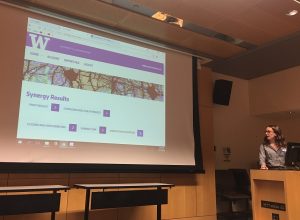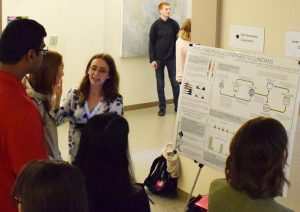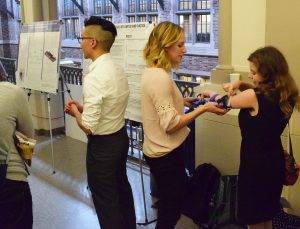Journal article in International Journal for Designs for Learning
Abstract:
The purpose of makerspaces is to increase access to “making” among the general community. Because of this social justice orientation, it is important to consider how welcoming and accessible makerspaces are to individuals with diverse abilities, including individuals with disabilities. This design brief examines a three-step process used to make a university-based makerspace more accessible and welcoming to
individuals with disabilities including a tour, design activity, and brainstorming session. The process helped identify simple changes that were made to the makerspace, as well as increasing student, faculty, and community access. Using a similar process, other makerspaces could improve the accessibility of their spaces, procedures, and tools.
Makerspaces provide the general community with a space to brainstorm, prototype, and create. Considering this, it is especially important to create a welcoming environment for individuals with diverse abilities, including individuals with disabilities.
To read the article in full, CLICK HERE.
 Congratulations to Ben Shuman for being named Best Student Oral Presentation at the International Society of Electromyography and Kinesiology conference in Dublin, Ireland.
Congratulations to Ben Shuman for being named Best Student Oral Presentation at the International Society of Electromyography and Kinesiology conference in Dublin, Ireland.




